How to Fix OBS Studio NVENC or AMD Encoders Error?
OBS Studio is a go-to tool for streamers, educators, gamers, and content creators who need reliable screen recording and live broadcasting features. It’s open-source, powerful, and highly customizable—but it’s not always smooth sailing. One of the most frustrating issues users encounter is encoder errors, particularly those involving NVENC (for NVIDIA GPUs) or AMF (for AMD GPUs) .
If you’ve seen error messages like “An encoder error occurred while recording” , “NVENC failed to initialize” , or “AMF encoder not available” , you’re not alone. These errors prevent OBS from starting or completing recordings, and can quickly derail your workflow.
This article will guide you through how to fix OBS Studio NVENC or AMD encoder errors. And if you’re tired of troubleshooting, we’ll introduce the best lightweight alternative to OBS.

1. What Causes The OBS NVENC or AMD Encoder Errors?
OBS relies on your system’s hardware encoders to compress and write video efficiently. These hardware encoders include:
- NVENC – the NVIDIA encoder found in GeForce and Quadro GPUs.
- AMF – the AMD Multimedia Framework encoder for Radeon GPUs.
These are designed to offload video encoding from your CPU to your GPU, resulting in smoother performance. However, if the encoder fails, OBS can’t proceed with recording or streaming.
Common Error Messages Include:
- “Failed to start recording: Starting the output failed. Please check the log for details”
- “NVENC encoder initialization failed.”
- “AMF encoder not available.”
- “Encoder error occurred while recording.”
Common Causes:
- Outdated or incompatible GPU drivers
- Conflicts with GPU resources (e.g., gaming or rendering apps running)
- Windows graphics settings or GPU scheduling conflicts
- Incorrect output settings in OBS
- Hardware limitations (older GPUs or dual-GPU laptops)
2. How to Fix OBS Studio NVENC or AMD Encoders Error
Below is a step-by-step guide to fix these encoding errors, whether you’re using NVIDIA or AMD graphics cards.
2.1 Update Your Graphics Drivers
Driver issues are the most common reason for encoder errors.
- NVIDIA Users : Visit NVIDIA Driver Download
- AMD Users : Visit AMD Drivers and Support
After installing the latest drivers, restart your system.
2.2 Run OBS as Administrator
Running OBS without admin privileges can restrict access to the encoder. Fix this by:
- Right-clicking the OBS shortcut > Run as Administrator (This grants OBS full access to your GPU’s encoding capabilities.)
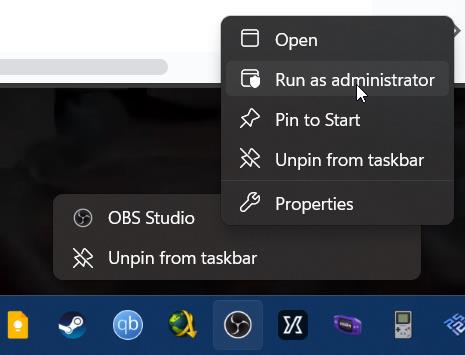
2.3 Adjust Encoder Settings in OBS
For NVIDIA (NVENC):
Go to
Settings > Output > Recording
> Set
Video Encoder
to:
Hardware (NVENC)
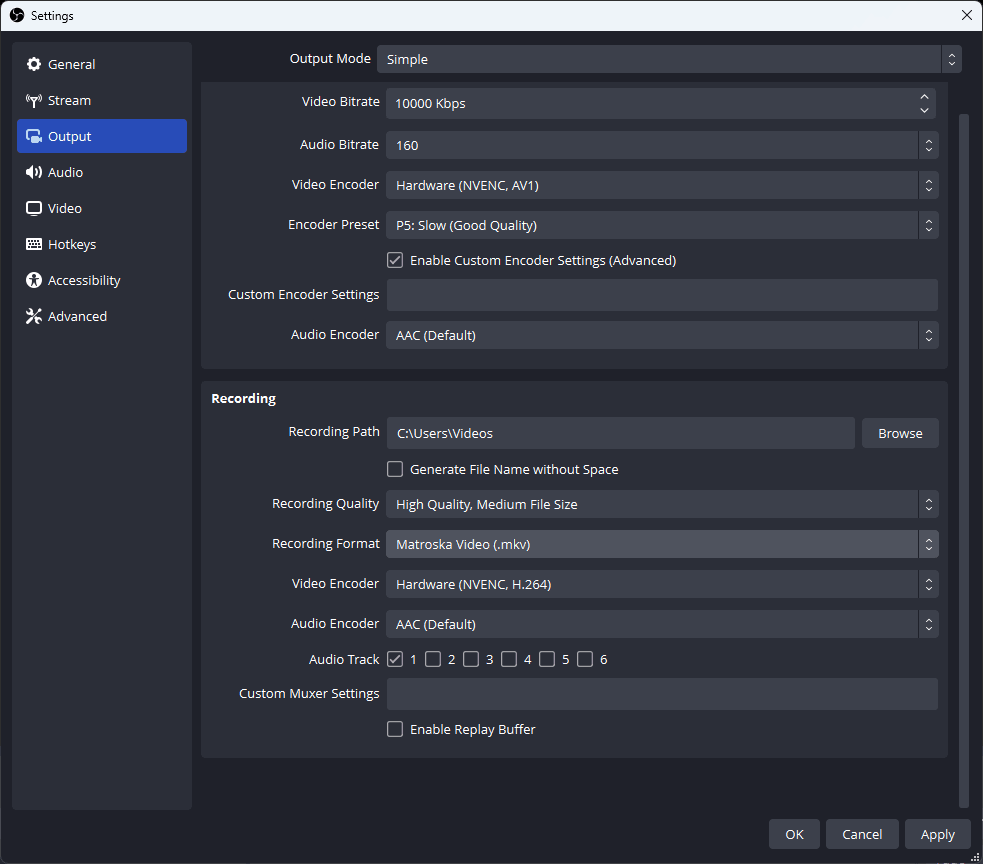
Use:
- Rate Control : CBR
- Bitrate : 6000–10000 kbps for 1080p
- Preset : Quality or Max Performance
- Profile : High
Disable:
- Look-ahead
- Psycho Visual Tuning
For AMD (AMF):
- Encoder:
Hardware (AMF) - Bitrate: 5000–8000 kbps
- Preset: Balanced or Speed
- Profile: Main or High
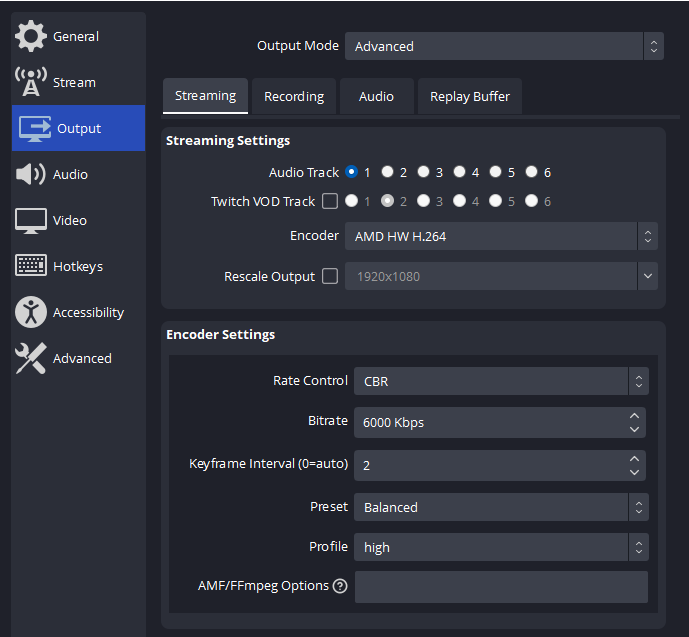
If OBS continues to crash, reduce your output resolution and encoding parameters.
2.4 Reduce Output Resolution and FPS
Heavy GPU load can trigger encoder overload.
Go to Settings > Video
- Base Resolution : 1920×1080 or 1280×720
- Output Resolution : Lower if needed
- FPS : Drop to 30 for stability
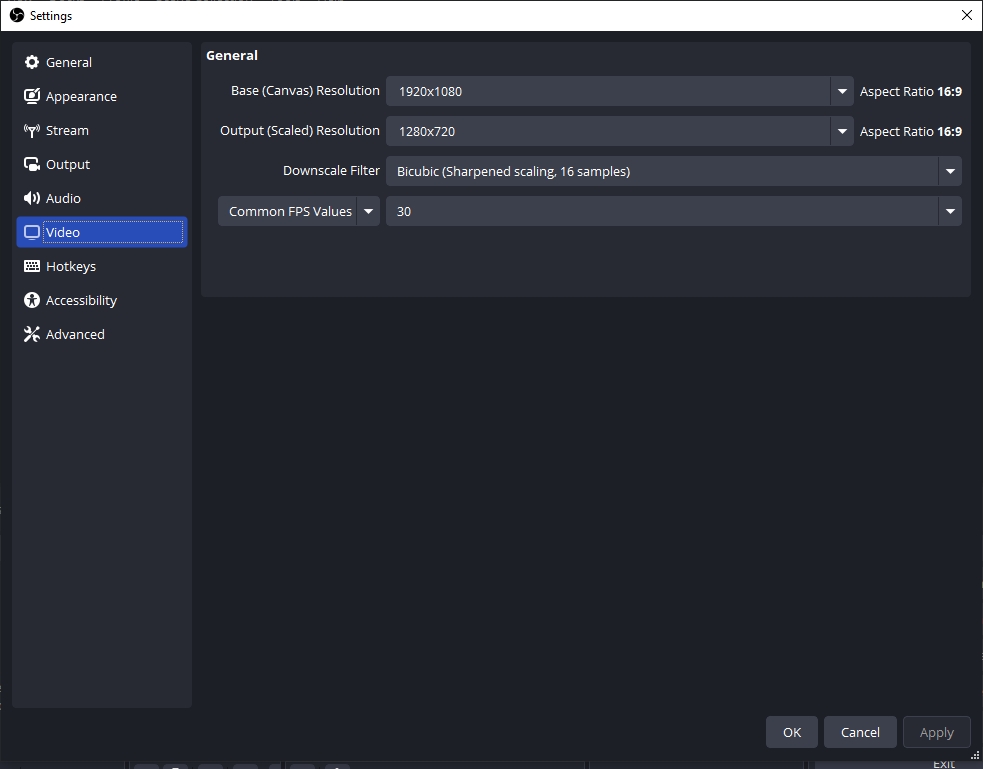
2.5 Switch Recording Format to MKV
MP4 is sensitive to crashes and can corrupt files.
- Use MKV as your recording format in Settings > Output
- After recording, your can navigate to File > Remux Recordings in OBS to convert MKV to MP4.
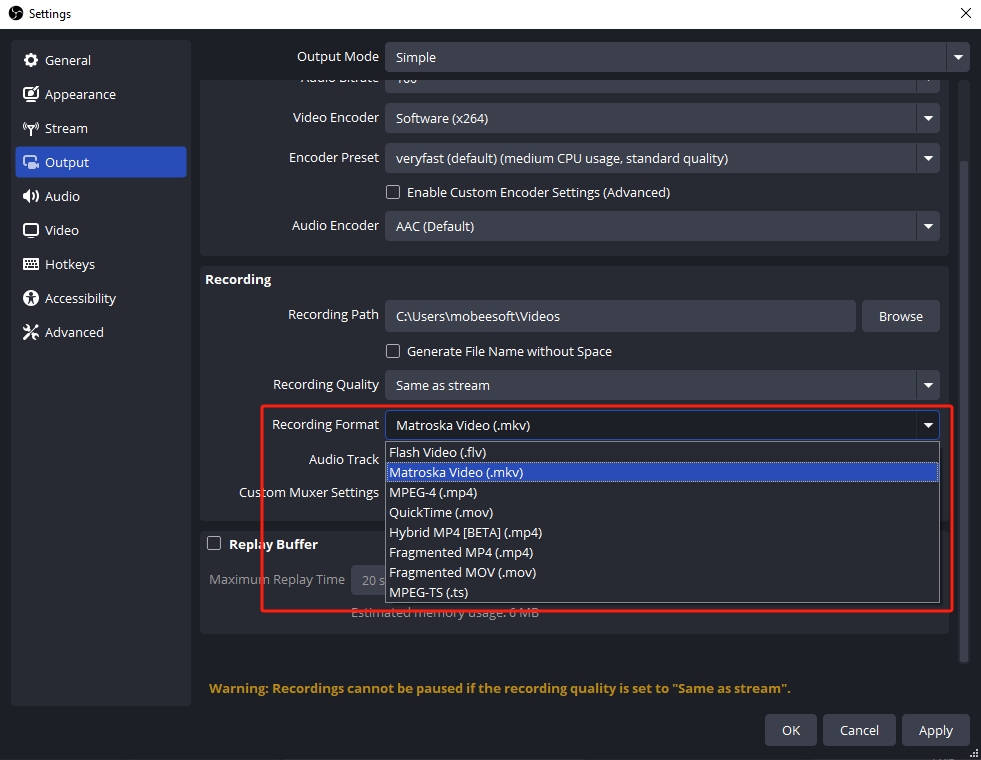
2.6 Disable Hardware-Accelerated GPU Scheduling (Windows)
This Windows feature may conflict with OBS.
- In Windows Einstellungen , go to System > Display > Graphics Settings , and switch off the Hardware-accelerated GPU scheduling toggle.
- Also, disable Game Mode under Settings > Gaming
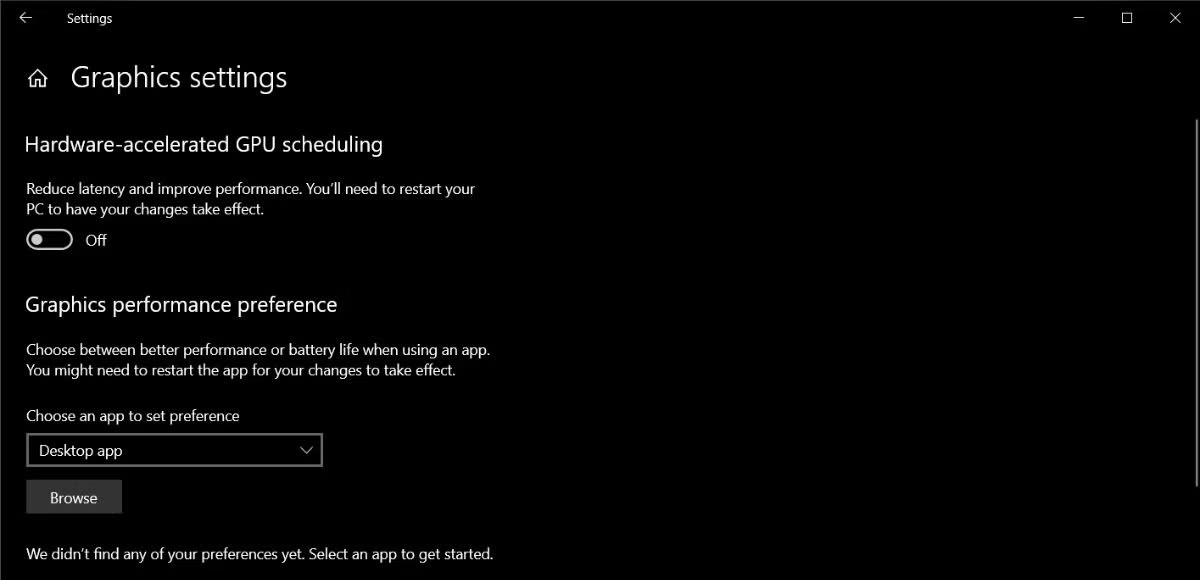
2.7 Close GPU-Intensive Background Apps
Make sure no game, video editor, or other GPU-heavy app is running in the background. Freeing up GPU resources allows OBS to access the encoder.
2.8 Switch to Software Encoder as a Backup
If hardware encoding continues to fail, use x264 (software encoder) :
- Go to Settings > Output > Recording
- Set
Encoder
to
Software (x264) - Lower bitrate or resolution to reduce CPU usage
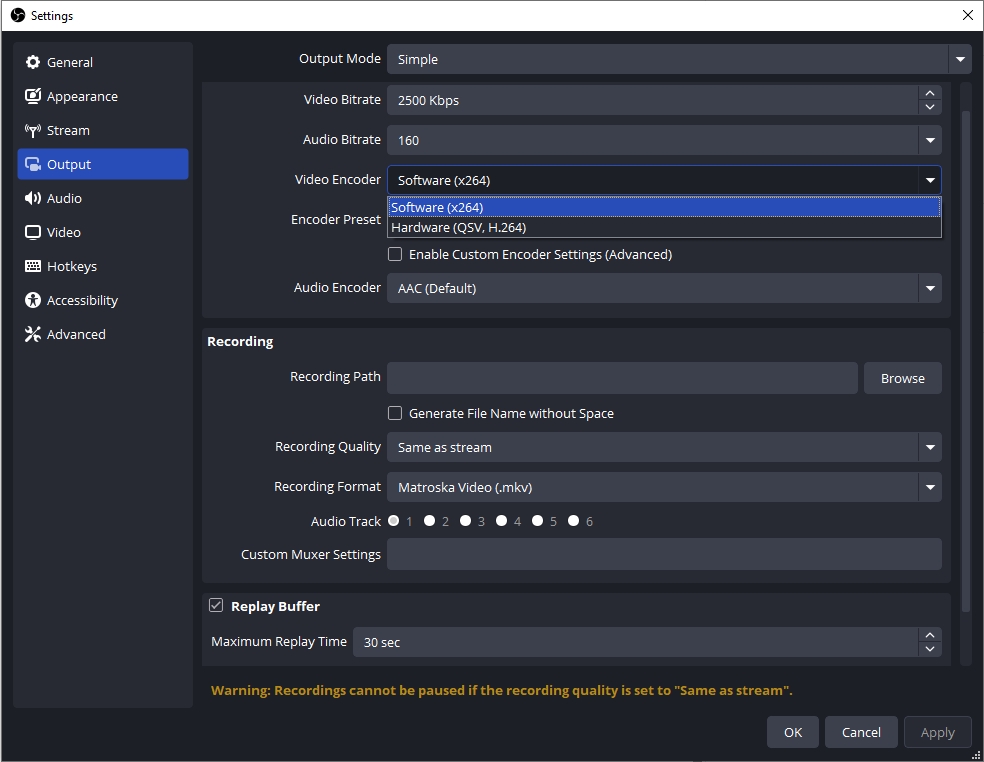
Although CPU encoding is less efficient, it’s often more stable.
3. Try the Best Lightweight Alternative to OBS: Swyshare Recordit
If all these fixes sound like too much effort—or if OBS just isn’t working reliably on your system—then it’s time to try a better alternative.
Swyshare Recordit is a powerful yet lightweight screen recorder that doesn’t require advanced configuration or troubleshooting. It’s perfect for users who just want to record their screen smoothly and reliably.
Why Swyshare Recordit Is the Best OBS Alternative:
- No encoder errors, no advanced settings confusion
- Provide multiple recording modes and input resources
- Export recording without losing quality in seconds
- Lightweight with low system requirements
- Work on both Mac and Windows

4. Conclusion
OBS Studio remains one of the most powerful free recording tools, but it comes with a learning curve—and a host of technical errors like NVENC and AMD encoder failures. If you’re tech-savvy and patient, the above steps will likely solve the problem.
If you’re tired of troubleshooting, Swyshare Recordit is the fast and easy alternative. It’s built for users who want professional recording results without the technical obstacles.
So whether you’re frustrated by OBS errors or simply want something easier, give Recordit a try – you’ll get reliable recordings with zero encoder hassle.
